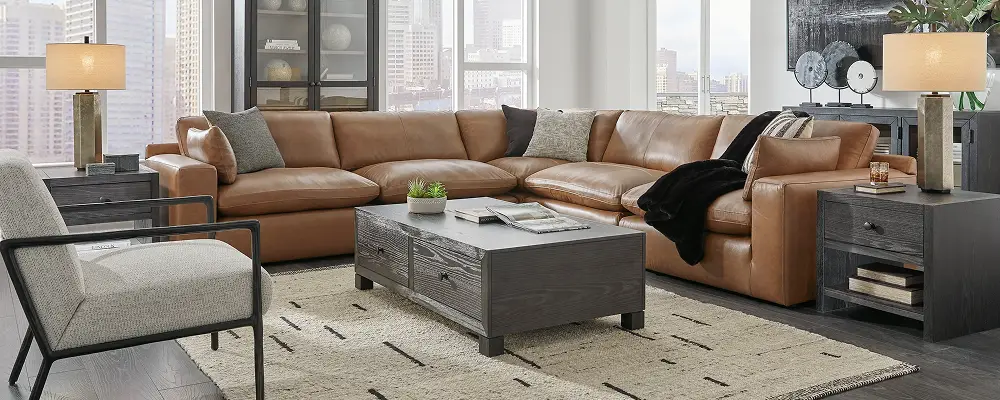Our website uses cookies and similar tracking technologies to collect information about your use of our site. This information may be shared to third parties for analytics and marketing to help us improve our services, personalize your experience, and provide targeted ads. By clicking 'Accept' or continuing to use our site, you agree to this as outlined in our Privacy Policy. Learn more about managing cookies here.
Sectional vs Sofa? What to Know Before You Buy
Not sure if you need a sectional or a sofa? You’re not alone. It’s one of the most common questions when setting up a living room. The right choice affects how your space functions, how it feels day to day, and how easily it adapts over time. Whether you're furnishing a brand-new home or swapping out worn furniture, this decision can shape the way you live in your space. With so many shapes, features, and materials available, knowing what to look for makes all the difference. This guide walks through the key differences, pros and cons, and what to consider before you decide. What’s the Difference Between a Sectional and a Sofa? The terms "sectional" and "sofa" are often used interchangeably—especially in product listings and casual conversation—but there is a practical difference worth knowing when you're buying.- Sectionals are usually larger and made up of multiple connected or modular pieces. This allows them to offer more seating and customizable configurations like L-shapes, U-shapes, or chaise setups.
- Sofas typically refer to single, fixed pieces of furniture that seat two to four people. They come in standard shapes and are easier to move, arrange, or pair with other seating.
-
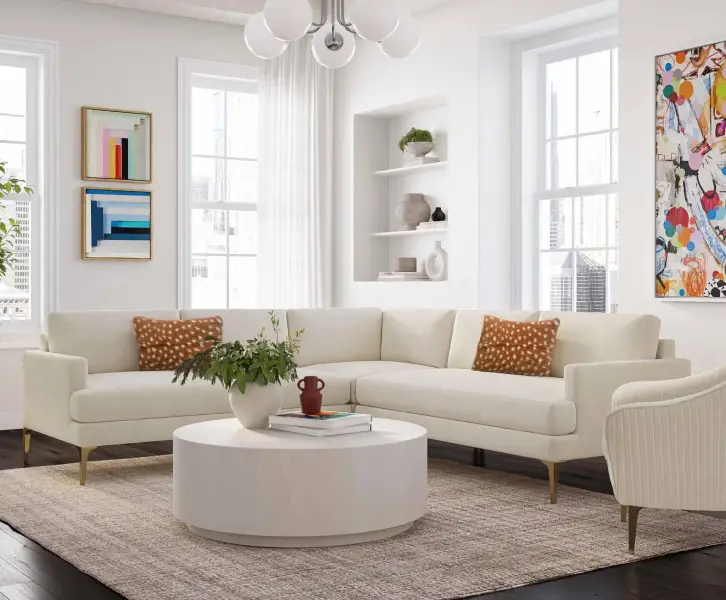
L-shaped sectionals feature two connected segments that form a right angle. This type of sectional is great for framing a corner or defining a space in an open floor plan.
Featured product: Serena Cream Modular Sectional with Brass Legs
-
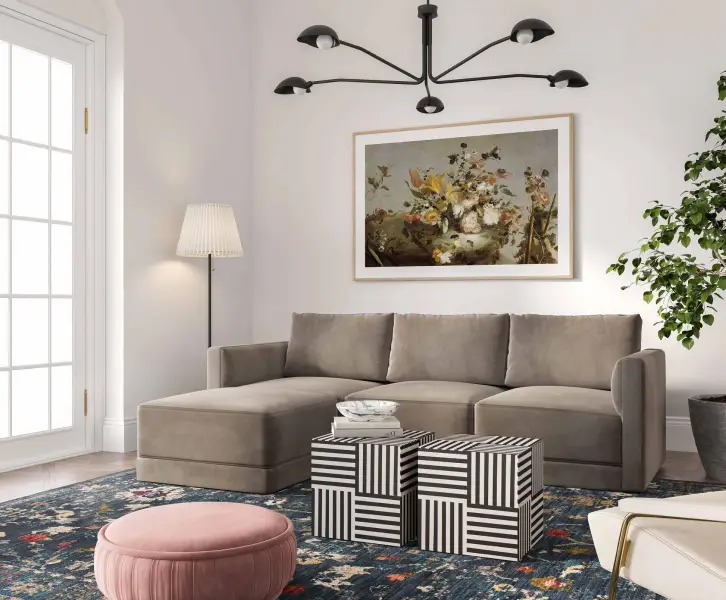
A sofa chaise includes a standard sofa seat with an attached lounge seat on one side. Sofa chaises are perfect for lounging in smaller spaces where you want the comfort of a sectional without a large footprint.
Featured product: Willow Taupe Modular Sectional
-
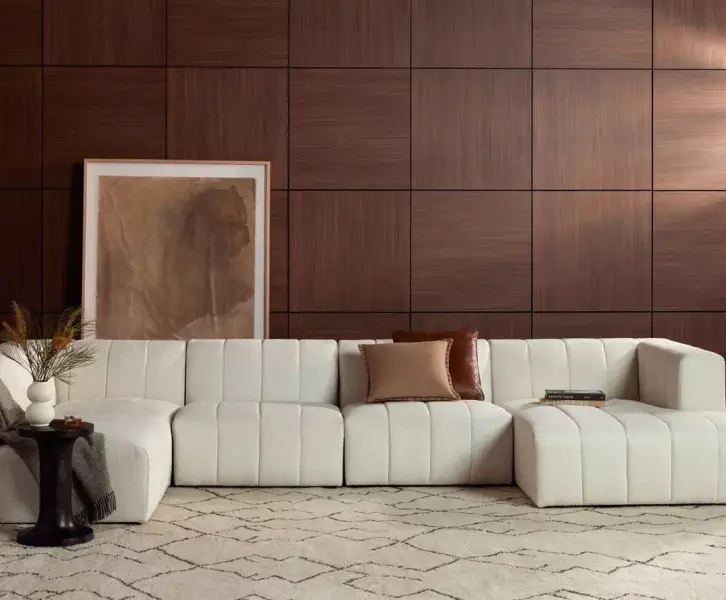
U-shaped sectionals include three sides of seating, forming a semi-circle or squared-off "U" shape. These are best for larger rooms and families that want lots of seating and a layout that encourages conversation.
Featured product: Langham Fayette Cloud Sectional
-
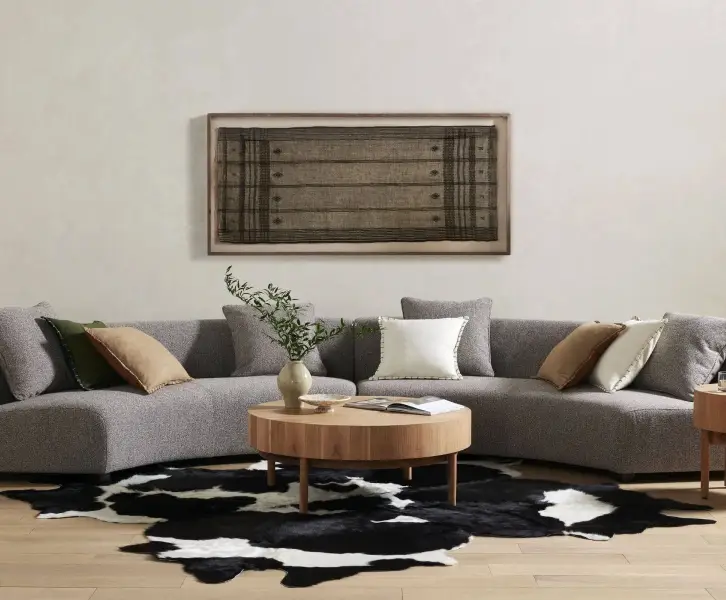
Curved sectionals feature a continuous arched shape with no sharp angles. These sectionals offer a modern, more fluid shape and are ideal for creating a central seating area with visual appeal.
Featured Product: Liam Astor Ink Performance Fabric Sectional
-
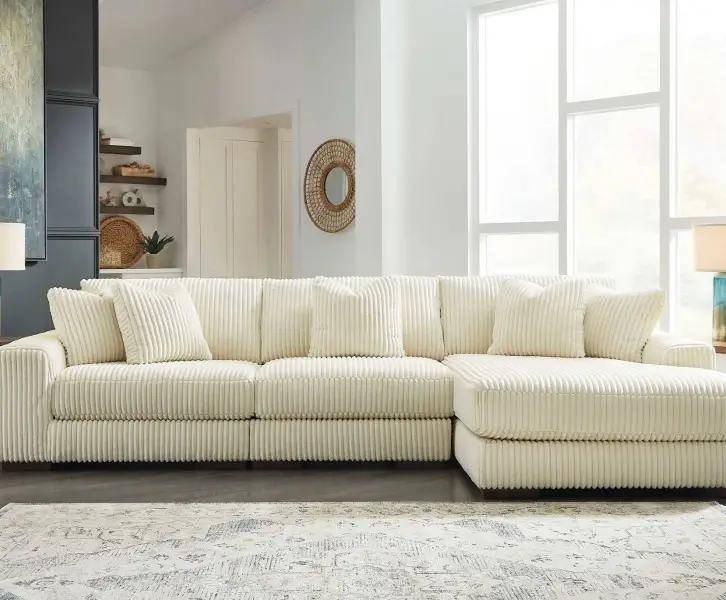
The right arm facing configuration places the extended chaise or armrest on the right-hand side when you're facing the sectional. Right-arm facing sectionals are good for layouts where you want the chaise or extended portion to sit on the right side when facing the sectional.
Featured product: Lindyn Ivory Modular Sectional
-
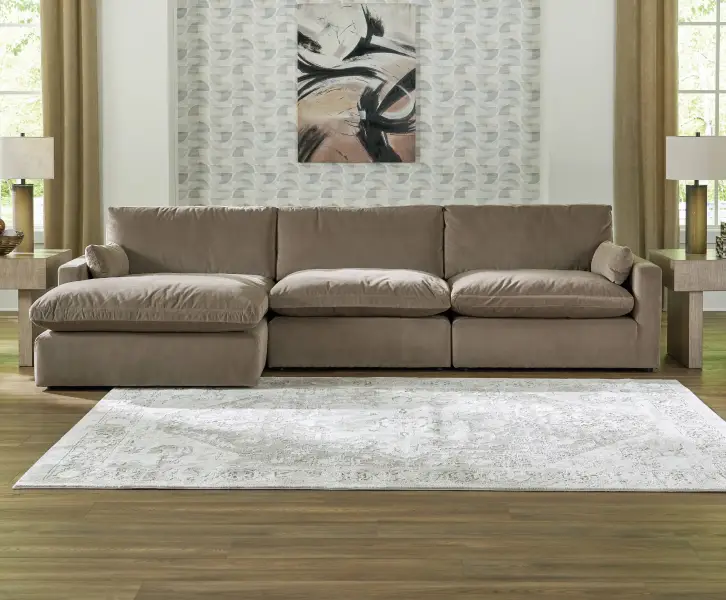
A left arm facing sectional setup, the chaise or extended portion is on the left-hand side when facing the sectional. These work best when the extended portion of the sectional is needed on the left side.
Featured product: Sophie Cocoa Modular Sectional
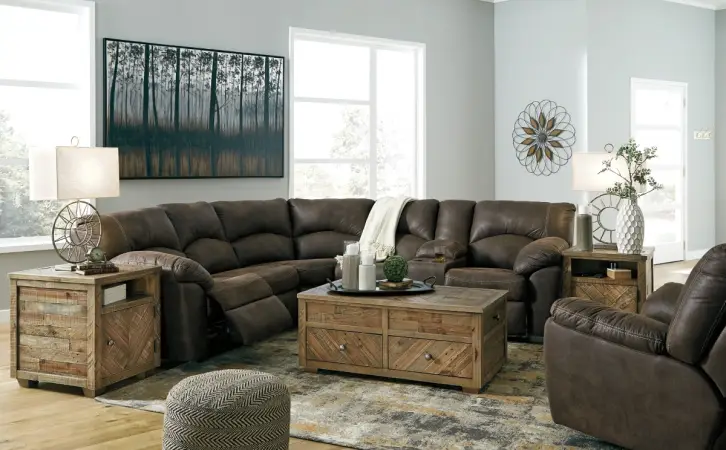
Featured product: Tambo Canyon Reclining Sectional
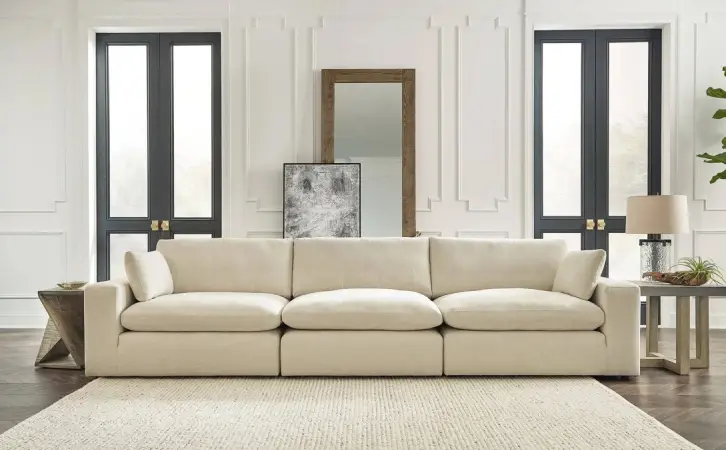
Featured product: Elyza Linen Modular Sofa
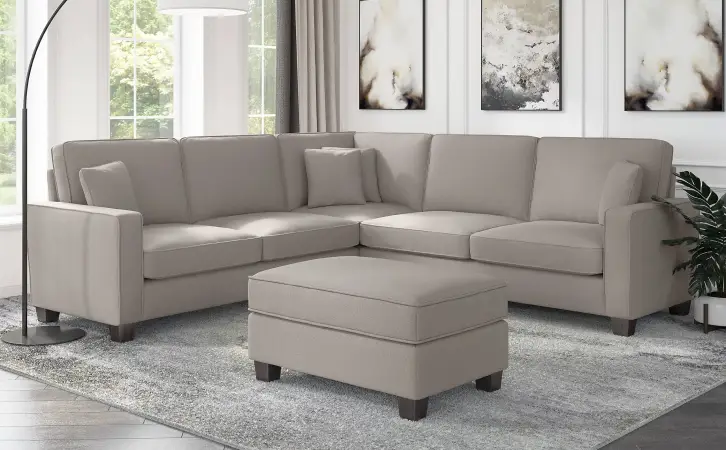
Featured product: Stockton Beige Sectional
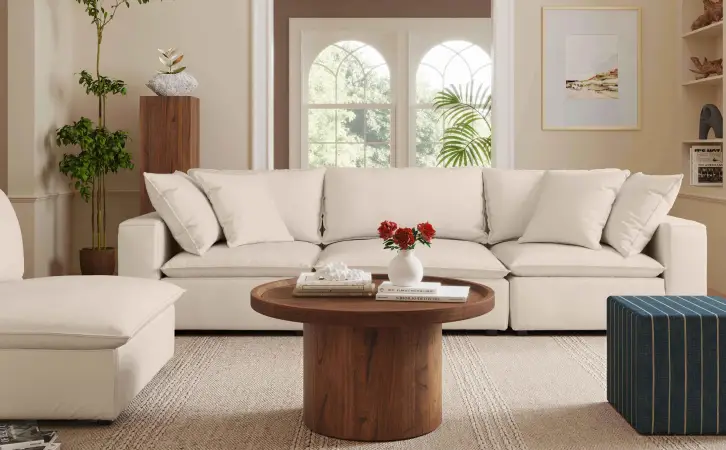
Featured product: Cali Natural Performance Fabric Modular Sofa
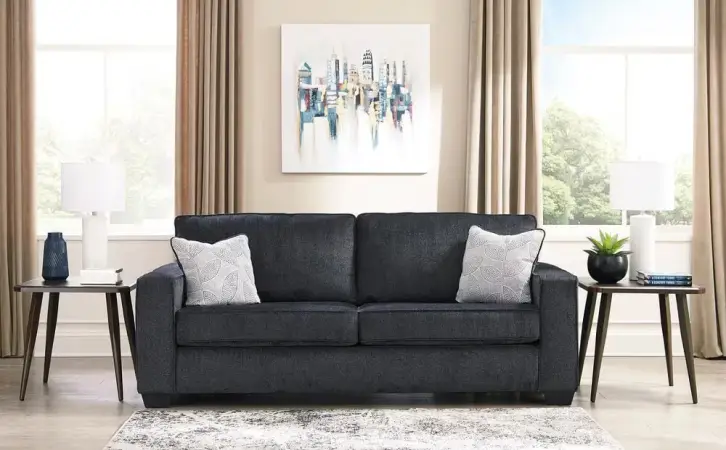
Featured product: Barrington Gray Sectional

Featured product: Altari Slate Sofa
- Amazing Value Every Day – Items you’ll love at prices you’ll love.
- Fast & Free Shipping – All products.
- White Glove Service – Free setup available on thousands of items. Look for "Free Premium White Glove Delivery" on the product page to see if it's included.
- Expert Customer Service – Reach a real human.




